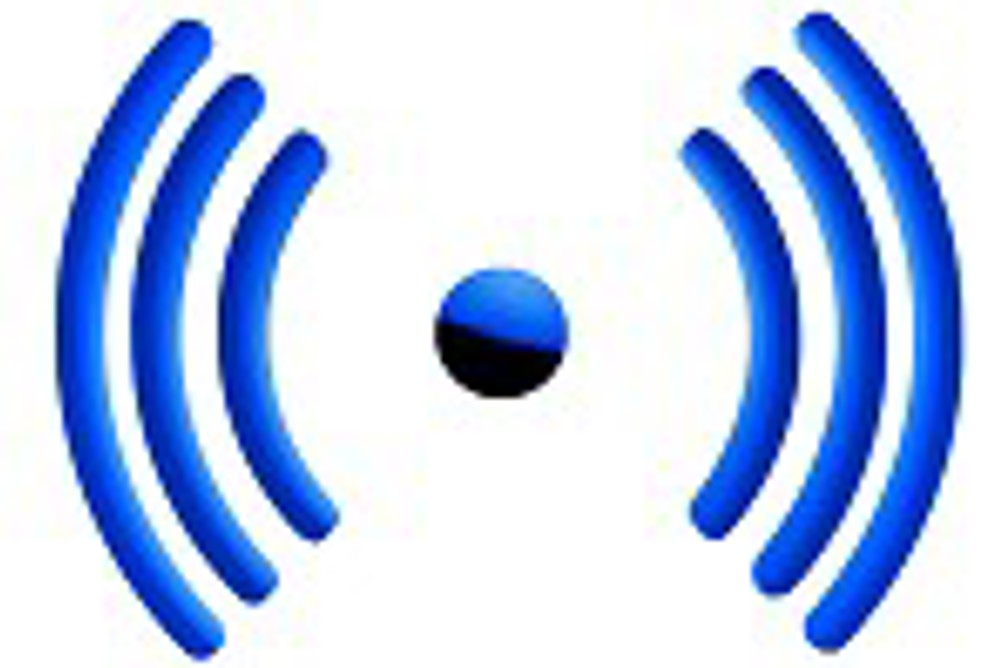
Mobile data “offloading” – when Wi-Fi, with its typically unlimited data allowance, is used to deliver internet content instead of via a phone’s 3G connection – varies considerably throughout the day. “Offloading” increases each hour after 5pm, building to a peak between 11pm and midnight, when 90% of data transferred is via Wi-Fi. Conversely, 3G data transfer tends to peak just before the working day starts, again at lunchtime, and finally during the early evening commute when users cannot rely so much on a Wi-Fi connection.
Mobile data transfer via Wi-Fi vs 3G by time of day, MB per hour
Interestingly, 3G data alone tells us that between 6pm and midnight, mobile data usage decreases by more than 55%, but factoring in Wi-Fi shows us that it actually increases by almost 30%.
Nielsen European managing director for digital David Gosen explains: "Wi-Fi is on average three-and-a-half times more dominant than 3G when it comes to delivering mobile internet data services. It peaks around midnight as users gravitate towards social networks, driven by their desire to stay connected through all waking hours.
"Previously, the main insight into the volume of mobile traffic came from the networks' own records. Now, with Nielsen Smartphone Analytics we can complete the whole consumer picture.
"The implications for all stakeholders in the industry are enormous in terms of being able to show the total level of demand for mobile data, the drivers of that usage, and how it varies by operator and application type."
Nielsen's Smartphone Analytics electronically measures smartphone usage at device level. Using the most-established Android panel in the UK, with an average 1500 monthly adult users who have opted to install a meter on their smartphone, it focuses on traffic, application usage, web usage, telephony and hardware performance.
